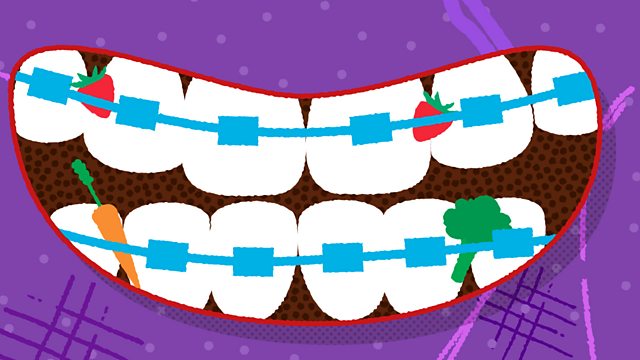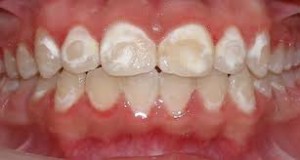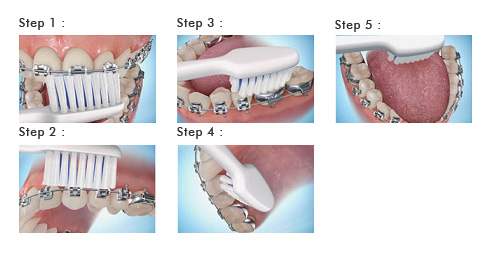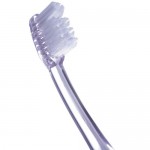So your on the road to your dream smile!
Follow this simple advice to care for your aligners
- Aligners must be worn for 22 hours per day. They should be removed for cleaning the teeth and for eating and drinking anything other than water. Failure to wear the aligners as instructed will produce unpredictable tooth movements and full alignment of the teeth cannot be guaranteed.
- Drinking sugary drinks or eating sugary foods with the aligners in your mouth can cause extensive damage to the teeth. The aligners should also be removed for contact sports or swimming.
- When aligners are fitted, they can feel tight and uncomfortable. This feeling usually wears off after a few hours. The plastic also increases salivation and again this wears off after a few hours. We recommend using chewies to seat the aligners every time you put them in.
- Your speech may be affected slightly when the aligners are first inserted but this will reduce after the first day or so.
- Each set of aligners is worn usually for 10 days unless instructed by your orthodontist. When changing to the next aligner it is advisable to change this just before going to bed to minimise discomfort and reduce lisping.
- Aligners should be stored in a box when not in the mouth to keep them safe. If aligners are lost or broken beyond repair please inform the orthodontist immediately.
- When the aligners are first fitted and the teeth start to move it is normal to feel some discomfort of your teeth. This is usually worse for the first 24-36 hours and then eases. Painkillers can be taken to relieve this
- If the aligner irritates the gum, please contact the orthodontist to smooth the appliance. A nail file can used to smooth any rough areas.
- Tooth coloured attachments are fitted to the teeth to help with tooth movement. Please contact us if any of these attachments come off.
- Retainer Brite is recommended for cleaning the aligners. Always use lukewarm water to dissolve the Retainer Brite tablets. DO NOT USE HOT WATER as this will distort the plastic.
- DO NOT USE TOOTHPASTE to clean the aligners as this will damage and discolour them.
- Do not smoke when wearing aligners as the heat of the cigarette will distort the plastic. The nicotine will discolour the plastic.











